ABOUT German Shepherd
German Shepherds originated in Germany in the late 19th century, developed for their versatility as herding and police dogs. Known for their intelligence, loyalty, and protective nature, they can become aggressive if not properly socialised. Due to their high energy and need for regular exercise, they are not well-suited for apartment living and thrive best in environments with ample space.

Male
Ideal height: 60 - 65cm Ideal weight: 30 - 40kg

Female
Ideal height: 55 - 60cm Ideal weight: 25 - 35kg
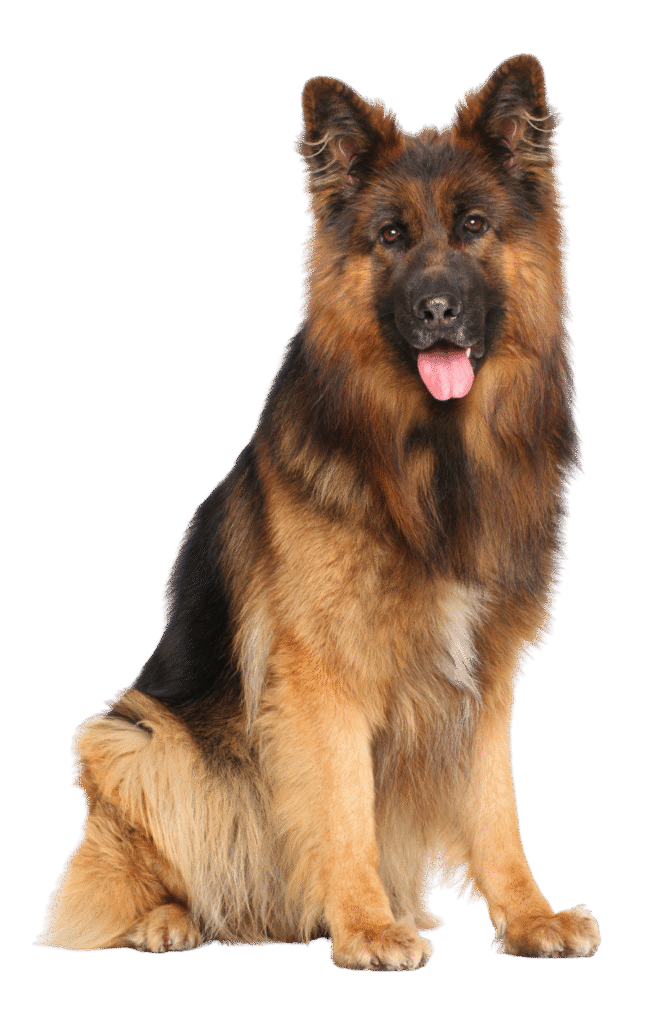
Size
Medium
Life Span
9 – 13 Years
Coat
Color
Medium
Traits & Characteristics
100%
80%
100%
60%
100%

Heat Tolerance
upto 27° C

Cold Tolerance
Upto -6° C

Best Diet for German Shepherd


Carbohydrates
30 – 50%
Protein
20 – 30%
Fats
8 – 16%
Essentials, Vitamins & Minerals
6 – 8%
Fiber
2 – 4%
Total Kcal
1,000 – 1,500
Must have meal for a German Shepherd
German Shepherds need a balanced diet to support their active lifestyle and strong physique. They should be fed two meals a day, with a focus on high-quality protein to maintain muscle mass. However, an excessive amount of protein without adequate physical exercise can stress their kidneys, potentially leading to kidney issues. Regular exercise is essential to help process the protein efficiently and ensure overall health. Maintaining a balanced diet and consistent activity level is key for their well-being.
🐾 Try Our German Shepherd Fresh Food!
Wholesome, freshly cooked meals crafted for your shepherd’s health and happiness.

Book a Dog Diet Consultation
Get personalized diet advice for your German Shepherd for Absolutely FREE
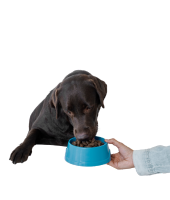
German Shepherd Care Guide
Opting for fresh meals ensures your German Shepherd gets natural, nutrient-rich food that supports healthy growth, strong bones, and a shiny coat. German Shepherds are prone to sensitive stomachs and conditions like bloat, so balanced meals with controlled portions are key to keeping them fit and active. Fresh meals are easier to digest than dry kibble and help your German Shepherd stay energetic and happy every day
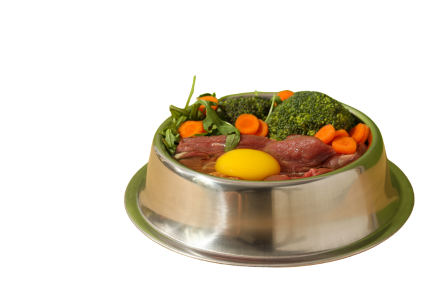
Protein Based Diet
German Shepherds thrive on a protein-rich, fresh diet that keeps their muscles strong, coat glossy, and digestion smooth. Vegetables like sweet potato, pumpkin, carrots, and spinach provide fiber and essential vitamins, while chicken, eggs, or fish supply high-quality protein and omega-3s.
Simple meals like chicken with rice and veggies, or fish with quinoa and spinach, support German Shepherds’ high energy needs. Add a touch of olive oil or fish oil for joint and coat health.
❌ Avoid harmful foods: onion, garlic, grapes, raisins, avocado, chocolate, excess salt, and oily/fried foods.
WEIGHT, STRENGTH AND GUT CONSIDERATE DIET
German Shepherds are prone to sensitive stomachs and conditions like bloat, so their diet must be carefully chosen. High-quality, easily digestible proteins like chicken or lamb are essential for maintaining muscle mass. Fiber from sources like rice or sweet potatoes supports a healthy digestive system.
Due to their predisposition to hip and elbow dysplasia, a diet rich in supplements like glucosamine and chondroitin is crucial for joint health. Omega-3 fatty acids from fish oil also help reduce inflammation.
Consider Their Age
Just like humans, a sheperd’s diet changes as they grow:
🐾 Puppies (6–12 months): Need protein-rich, calorie-dense meals to support fast growth, strong bones, and immunity.
🐾 Adults (1–7 years): Require balanced diets with lean protein, healthy fats, and controlled calories to fuel energy and maintain muscle.
🐾 Seniors (7+ years): Benefit from lighter, easily digestible protein, more fiber, joint-support nutrients like glucosamine, and antioxidants to slow aging.

Apple
Provide fiber and vitamins; ensure seeds and core are removed.

Carrot
Crunchy and rich in vitamins; supports dental health and is low in calories.

Green Beans
Low in calories and high in fiber, aiding digestion and keeping them full.

Sweet Potato
Nutrient-dense with fiber, helping digestion and providing essential vitamins.
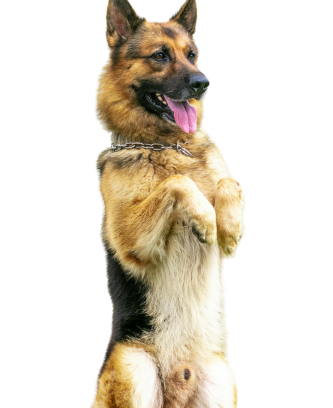
Training Needs for German Shepherd
German Shepherds are highly intelligent, loyal, and eager to please, which makes them one of the most trainable breeds. Their protective and energetic nature, however, can sometimes lead to habits like excessive barking or territorial behavior if not guided properly.
With consistent training, positive reinforcement, and early socialization, German Shepherds quickly learn commands and good manners. Since they are working dogs, they thrive on daily mental and physical exercise, such as obedience training, agility, or scent work. A mix of mental stimulation and physical activity keeps German Shepherds happy, healthy, and well-behaved, while also preventing boredom-related mischief.

Puppy Stage (2–6 months)
The first few months are vital for shaping a well-behaved German Shepherd. Focus on toilet training, crate habits, and simple obedience commands like sit, stay, and come. Socialization with people, children, and other pets is equally important to build confidence. Redirect chewing during teething and use consistent positive reinforcement. Our 8-session foundation plan is best at this stage, covering toilet training, home manners, and early obedience.
Suggested Package: 8 Sessions

Adolescent Stage (6–18 months)
Adolescence brings high energy and testing behavior, so training must emphasize impulse control, leash manners, and reinforcing earlier commands around distractions. Structured activities like obedience games and controlled play help channel energy productively. Calm behavior around visitors and noise should also be reinforced. The 12-session intermediate plan is ideal here, focusing on recall, obedience, and leash walking, while the 16-session complete program builds further with advanced obedience, leash control, and behavioral management.
Suggested Package: 12 Sessions

Adult Stage (1.5 years +)
As adults, German Shepherds need advanced training and mental stimulation to stay disciplined and confident. Focus on long-distance recall, extended stays, and leash walking in busy areas, while also introducing advanced obedience or specialized tasks like scent work. Addressing guarding instincts and reinforcing calm behavior ensures reliability in all situations. The 16-session complete program is strongly recommended at this stage to create a steady, dependable, and well-balanced companion.
.
Suggested Package: 16 Sessions
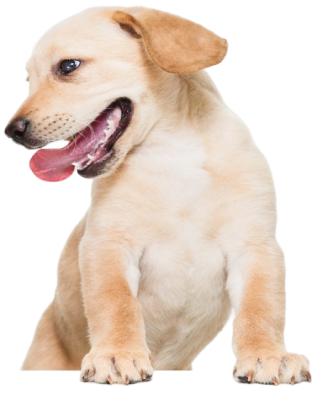
Dog Training: Expert Guidance at Home
Turn your pup into a well-mannered pro—where training meets success

Vet Visits

Puppyhood (0-1 Year):

Every 3-4 weeks until 16 weeks, then every 6-12 months.

Vaccinations, parasite control, neutering, and behavior guidance.
Adulthood (1-6 Years):

Annual check-ups.

Vaccine boosters, dental care, diet, exercising, weight management.
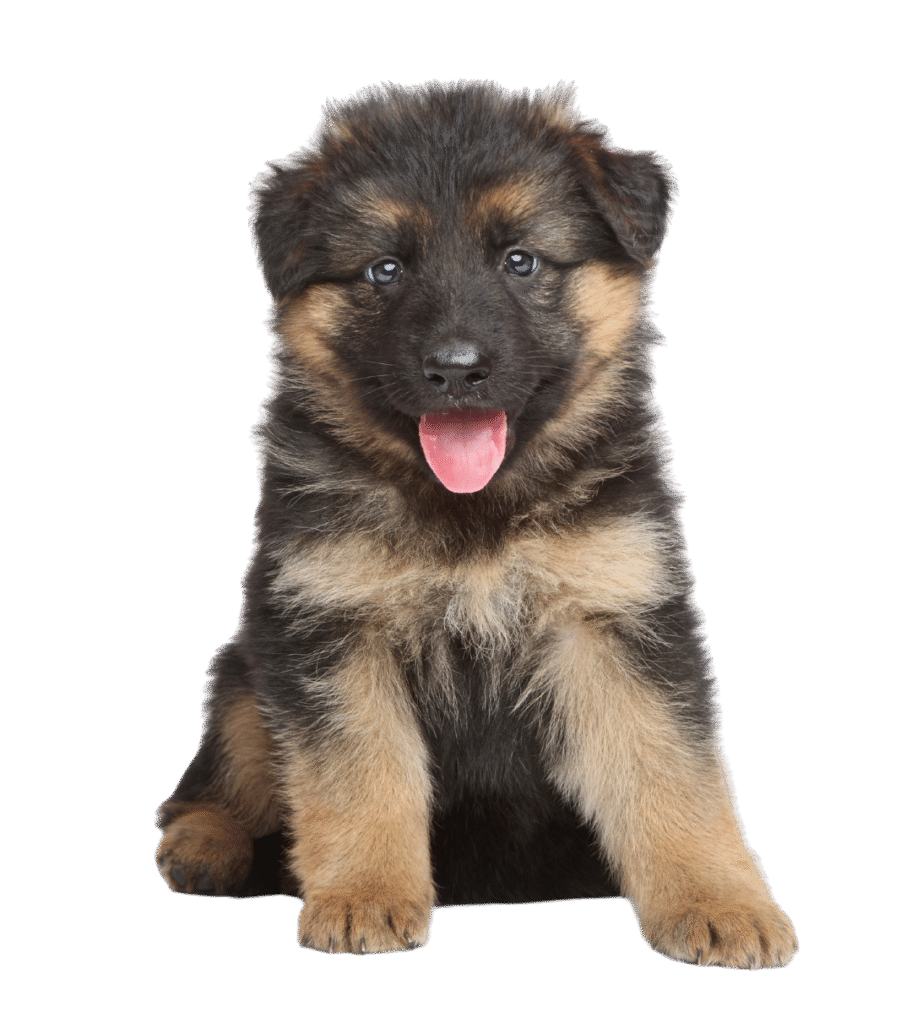
Mature adulthood (7-9 Years):

Annual or bi-annual visits.

Senior screenings, joint health, vision and hearing checks, and diet adjustments.
Senior years (10+ Years):

Bi-annual visits or more.

Comprehensive exams, pain management, cancer screening, quality of life, and senior nutrition.
Vaccination Schedule

First
6-8 week
Second
10-12 week
Third
14-16 week
Regular
Yearly once
Grooming
German Shepherds have a thick double coat that requires regular grooming to keep it healthy and to manage shedding. Their coat should be brushed multiple times a week to remove loose hair and tangles. A consistent routine helps maintain their coat’s health and reduces the amount of hair found around the house.
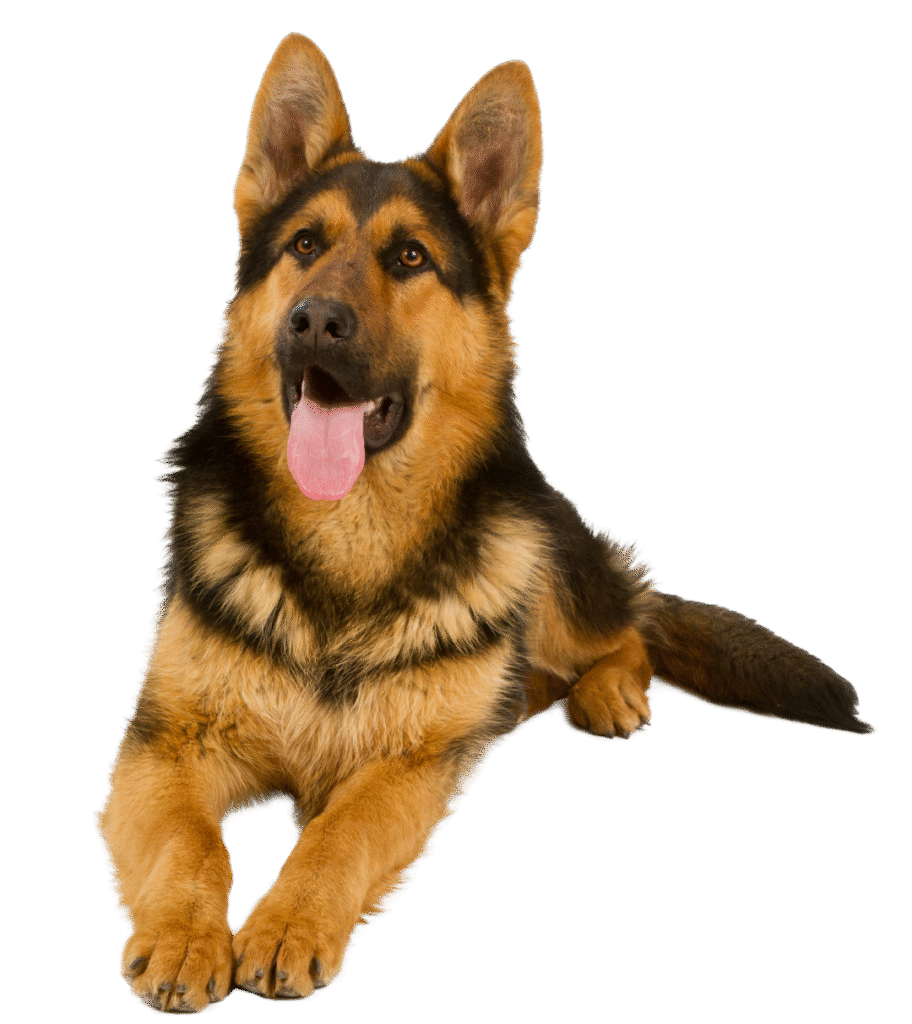
Brush & Bath guide
German Shepherds should be brushed 2-3 times a week, and even more frequently during shedding seasons, using a slicker brush or an undercoat rake to remove loose fur. They typically need a bath only every 6 to 8 weeks, or as needed, as over-bathing can strip their coat of its natural oils.
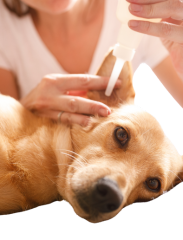
Ear Cleaning
German Shepherds should have their ears checked weekly for dirt, redness, or odor, as these can be signs of infection. Their upright ears allow for better air circulation than floppy-eared breeds, but they still need to be kept clean and dry. Use a vet-recommended ear cleaner and a cotton ball to gently wipe the visible part of the ear
Nail clipping & Paw care
German Shepherds should have their nails checked and clipped regularly—typically every 3 to 4 weeks. Their active lifestyle can help wear down the nails, but a regular clipping routine is important to prevent overgrowth that can cause pain. It’s also wise to check their paw pads for cuts or irritation.
Period Care
During her period, use doggy diapers, provide comfort, and monitor her health. Keep her calm with extra attention and gentle care to ensure she feels secure.
Dental Care
German Shepherds need regular dental care, including brushing their teeth 2 to 3 times a week to prevent plaque buildup and dental disease. Additionally, provide dental chews and schedule annual vet check-ups to maintain oral health.
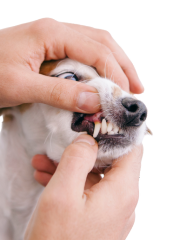
Give Your German Shepherd a Spa Day at Home!
👉Regular grooming not only keeps shedding under control but also prevents skin infections and keeps your pup comfortable year-round.


Health Conditions for German Shepherd

Degenerative Myelopathy
A progressive disease of the spinal cord that leads to loss of coordination and mobility.
Symptoms:
Difficulty walking, loss of balance, and weakness in the hind leg
How to avoid:
Regular vet check-ups, and if your dog shows early signs, consult with a vet for management strategies.
Elbow Dysplasia
A progressive disease of the spinal cord that leads to loss of coordination and mobility.
Symptoms:
Difficulty walking, loss of balance, and weakness in the hind legs.
How to avoid:
Similar to hip dysplasia, choose a responsible breeder and ensure your dog maintains a healthy weight.
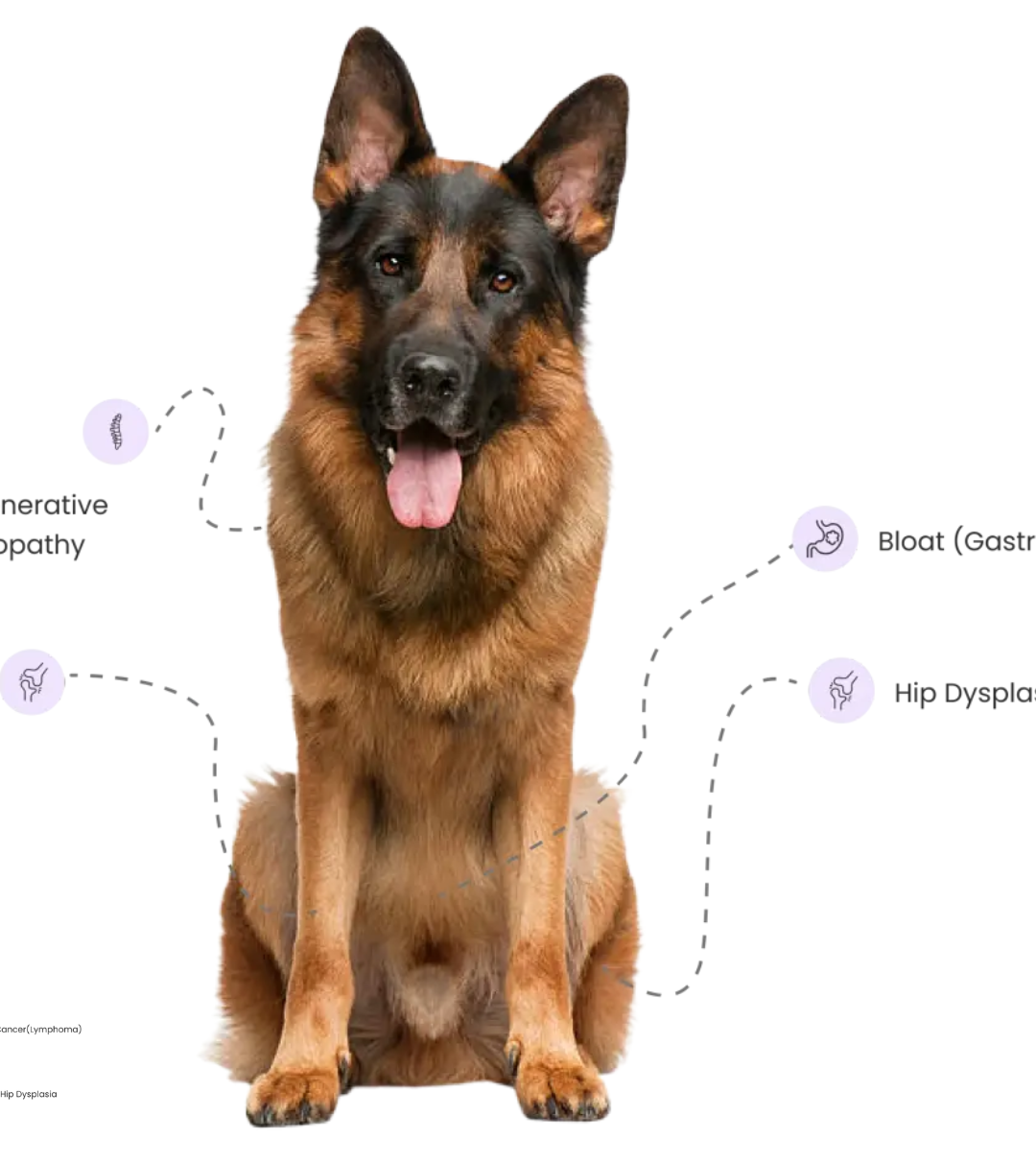
Gastric Dilatation-Volvulus(GDV)
A life-threatening condition where the stomach fills with gas and twists on itself.
Symptoms:
Swelling of the abdomen, restlessness, excessive drooling, and attempts to vomit.
How to avoid:
Feed smaller, more frequent meals, avoid vigorous exercise immediately after eating, and consider preventative surgery if recommended by your vet.
Hip Dysplasia
It’s a genetic condition where the hip joint doesn’t fit into the hip socket properly, leading to arthritis and pain.
Symptoms:
Lameness, difficulty in rising, and decreased activity.
Choose a reputable breeder who tests for hip dysplasia, maintain a healthy weight, and provide joint supplements as advised by your vet.
Frequently Asked Questions
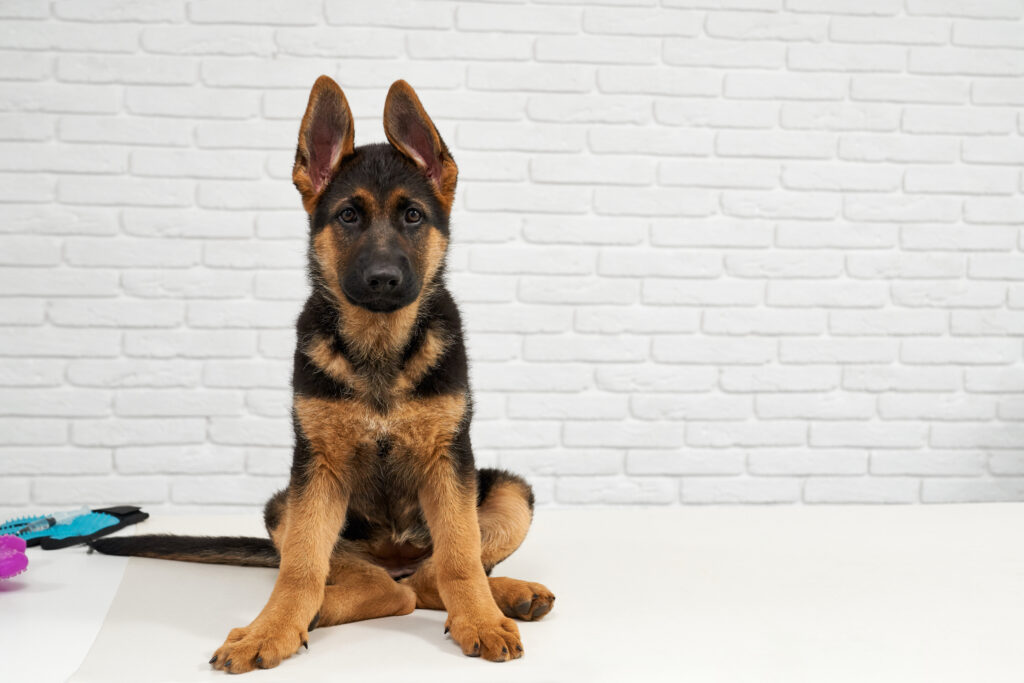
A German Shepherd is ideal if you want a loyal, intelligent, and protective companion. They excel as family pets, guard dogs, and working dogs. This breed thrives with consistent training, daily exercise, and mental stimulation. They are best suited for owners who can commit to handling their shedding, providing socialization, and engaging them in physical and mental activities. With the right care, a German Shepherd is loyal, loving, and highly rewarding.
German Shepherd puppies are energetic and intelligent. Early socialization, structured routines, and toilet training are essential to help them grow into confident, well-behaved adults. Start gentle exposure to new people, pets, and environments for a fearless, balanced adult dog.
Take your puppy outside after meals, naps, and play. Reward immediately when they eliminate in the right spot. Follow this 90-day toilet training schedule:
Week 1–2: Take outside every 2 hours and after each meal. Praise and reward.
Week 3–12: Increase interval to 3–4 hours; monitor consistency.
Adults need 60–90 minutes of daily exercise, while puppies require shorter, frequent walks to protect their developing joints. Ideally, German Shepherds should have 2–3 walks per day, combined with play and mental stimulation to burn energy and maintain fitness.
Feed a large-breed puppy diet with high protein and low carbs to support muscle and bone growth. Include supplements like omega-3 fatty acids, calcium, and glucosamine for joint health. Adult dogs over 5 years also benefit from bone-strengthening nutrients. Avoid overfeeding to prevent obesity and joint problems.
Bath: every 3–4 weeks using mild shampoo.
Oiling: once a month before bath to nourish skin and coat.
Brushing: 2–3 times a week, daily during heavy shedding.
Trimming: every 6 months to maintain hygiene and neatness.
This routine keeps their coat healthy, shiny, and hygienic while reducing shedding.
Begin training and socialization from 8–9 weeks. Use positive reinforcement for commands like sit, stay, come, and leash walking. Early training prevents behavioral issues such as chewing, excessive barking, or aggression.
Schedule regular vet visits, vaccinations, and deworming. Feed a balanced diet and provide consistent exercise. Watch for breed-specific issues like hip dysplasia, elbow dysplasia, and bloat. Early detection and preventive care are essential for a long, healthy life.
Brush 2–3 times a week, more during heavy shedding. Use de-shedding tools if needed. A nutritious diet with omega-3s supports healthy skin and coat. Never shave their coat—it protects against heat and cold.
Bath: every 3–4 weeks using mild shampoo.
Oiling: once a month before bath to nourish skin and coat.
Brushing: 2–3 times a week, daily during heavy shedding.
Trimming: every 6 months to maintain hygiene and neatness.
This routine keeps their coat healthy, shiny, and hygienic while reducing shedding.


















